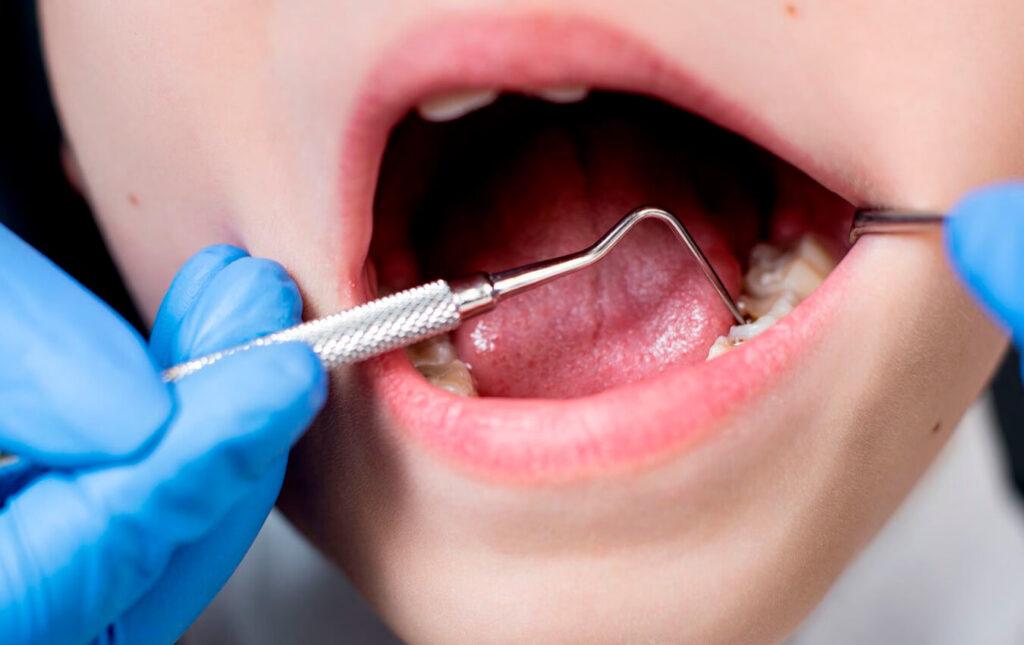
Benefits
One of the benefits of Alveoplasty is that it helps your dentures fit better. In a case where multiple teeth have to be extracted, performing an Alveoplasty will allow the gums to heal much faster. This is because the bone around the tooth sockets are reshaped to be smoother and are then sutured closed for more comfort.
It helps gums heal much faster after multiple extractions
Who is this procedure for?
Alveoplasty may be needed for people who have lost teeth or are planning to have some extracted. After an extraction, the gum and bone may heal with high and low points in the bone, making it difficult for a denture to be properly fitted. Furthermore, the denture base is likely to rub against high points and to cause pain and bad fit, which is extremely unpleasant.
People who have been missing teeth for long periods of time could also benefit from alveoplasty. They tend to loose bone from their jaws, leaving the jawbones extremely thin. Dentures will not fit properly in these cases, so alveoplasty is indicated.
However, it is not done if there is only one tooth extracted, as the gum will heal normally. Alveoplasty will only be performed if edges of bones will remain after the extraction.
What happens before the procedure?
During the first visit, the surgeon evaluates the patient in order to know what the situation is. Alveoplasty is a procedure that requires different levels of anesthesia. If the surgeons are extracting teeth before performing alveoplasty they are likely to use IV anesthesia. If they are only performing the alveoplasty, they will probably use some local anesthesia. General anesthesia is only required in those rare cases when the dentist removes a large number of teeth. Before the procedure starts, the patient is given antimicrobial mouthwash, antibiotics and/or pain medication.
What happens during the procedure?
During an Alveoplasty procedure, the dentist will reshape and smoothen the bone with different types of instruments. In some patients a stent will be required, so the surgeon replaces the gum tissue over the bone and place the stent on top of that. Since the stent imitates the shape of a denture, the dentist can tell if he or she has removed enough bone. If they haven’t, they will reshape it until the stent fits. The procedure ends with the suture of the incision.
What happens after the procedure?
Following alveoplasty, the surgery area will be swollen, sore and even bruised. During the first two or three days the dentist will prescribe pain medication for the soreness. After that, most of the pain will be gone, so there will be no need for another prescription. However, a slight discomfort may persist, but it is to be treated as a regular toothache. The swelling will be at its worst during the first 24 hours, but then it will taper off. If bleeding appears, it will stop during the first 24 hours.
A week after the procedure the surgeon evaluates the healing process.

